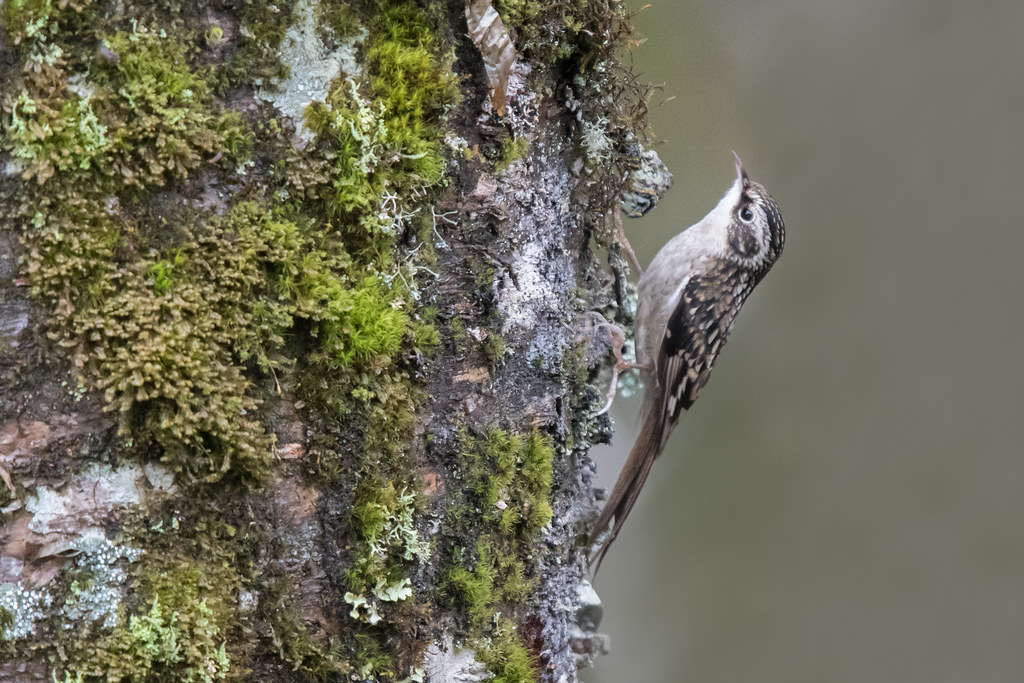
Tim writes: the Common Treecreeper was described new to science back in 1758, and even its near-identical cousin Short-toed Treecreeper was described back in 1820. But this Sichuan Treecreeper was described new to science from 14 collected specimens in 1995, when it was thought to be a subspecies of Common Treecreeper. But Common Treecreeper was found to be breeding in the same area and the two never interbred, also their calls were very different, so in 2002 it was named as a species new to science; Sichuan Treecreeper (Certhia tianquanensis).
It occurs at just five sites in a very restricted geographical area in western Sichuan, all of them have mature trees of Emei (or Faber’s) Fir (Abies fabri) in open stands, and all are at high altitude (2500-2830m asl). The total global population is estimated to be around 1000 adult individuals which means there are about as many adult Golden Eagles in Scotland as there are Sichuan Treecreepers on the whole planet. Its distinctive song is a loud rapid trill that starts suddenly then tails off in both volume and pitch. It is quite large for a treecreeper (14cm) with a longish tail and a very white throat contrasting with a tinted breast and underparts. But its most distinctive feature is its unusually short bill.
I photographed this individual at one of its known sites at Labahe Nature Reserve in Tianquin County in Sichuan and the scientific name tianquanensis comes from the county name. This one was on the trunk of a Chinese Red Birch (Betula albosinensis) rather than an Emei Fir.
[registration_form]
How species split from a common ancestor and despite seeming to be very similar do not interbreed when they inhabit the same area is fascinating – the common and short toed tree creepers being a case in point, beech and pine martens another. When I was in Kazakhstan I saw not one, but two species of dipper inhabit the same tiny mountain streams – who would have thought two species could occupy what should be a tiny ecological niche? The local race of ‘our’ dipper Cinclus cinclus was noticeable in that the white breast patch extended much farther, down to its legs I recall. Evolution in action, amazing.